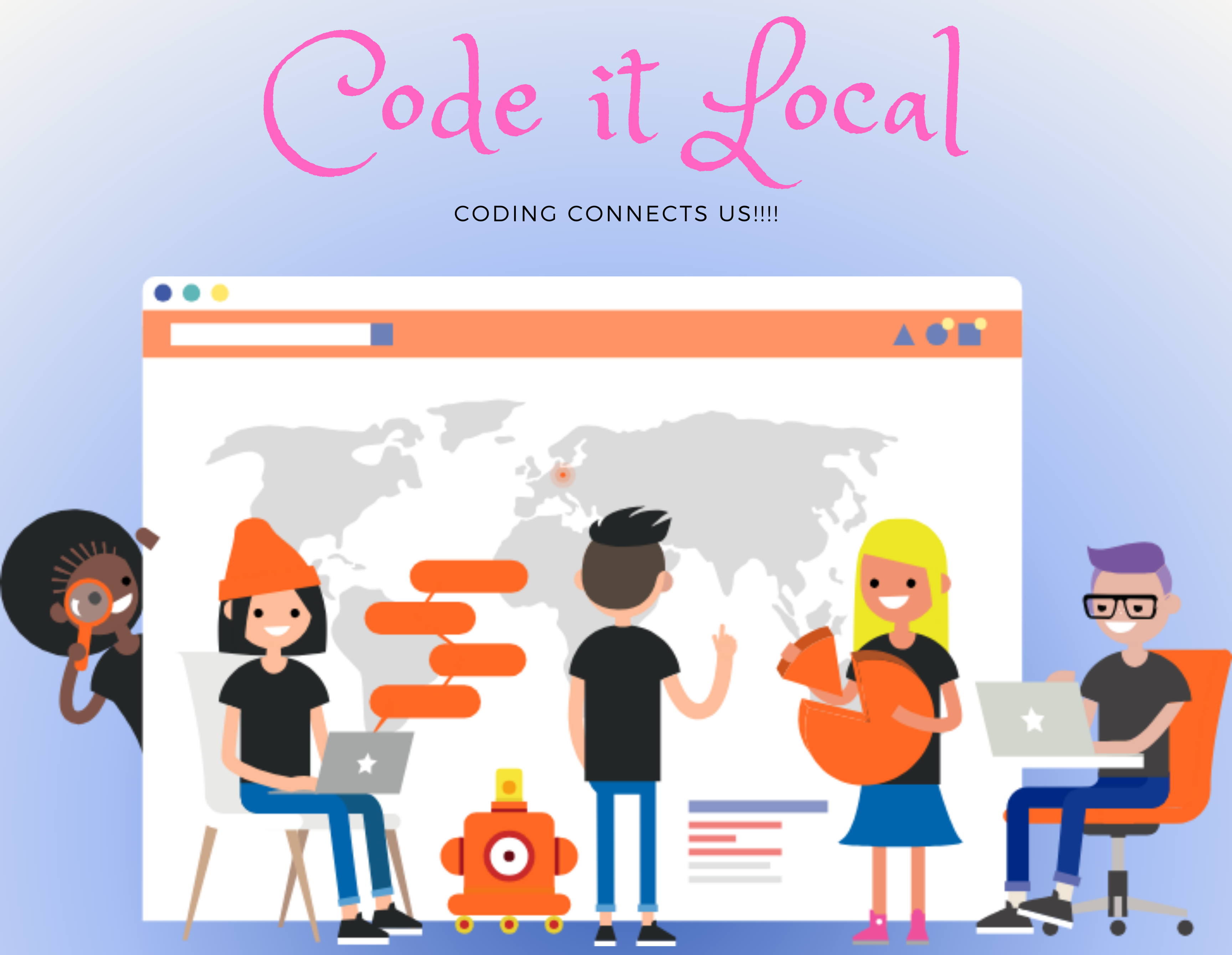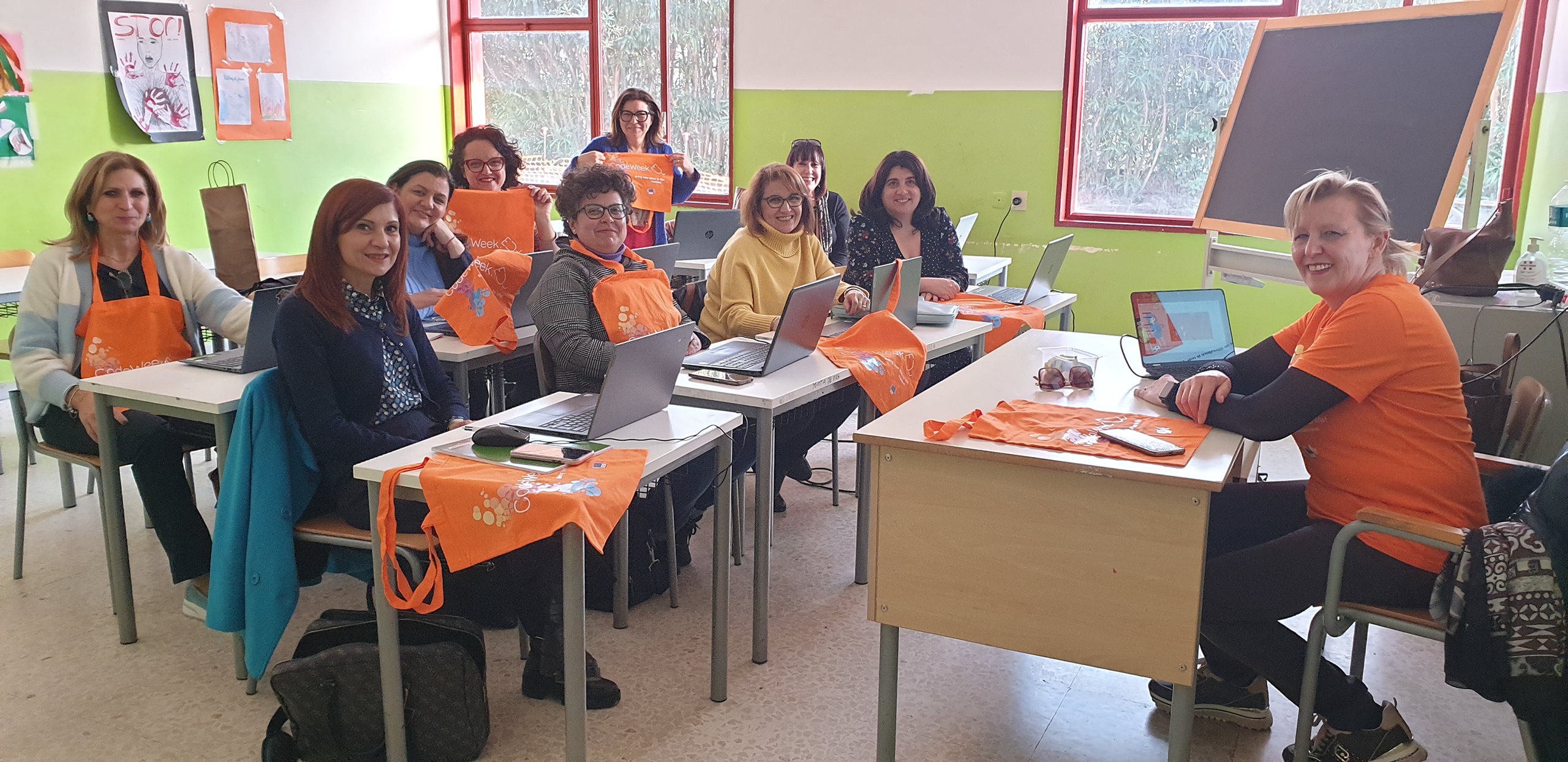Ethics and responsibility in the application of Artificial Intelligence
Publication date: January 30, 2024
In the contemporary technological environment, where artificial intelligence (AI) is integrated into everyday life and becomes an integral part of various aspects of our lives, understanding this technology and knowing how AI performs diverse tasks is becoming increasingly essential.
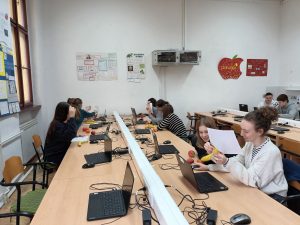
Get to know AI!
Knowledge of the workings of most AI algorithms allows for a broader perspective, where this technology not only facilitates daily tasks but also opens up space for improving life and creating new possibilities.
So, to explore the ethical aspects of machine learning, Vukovar Gymnasium students conducted activities using the Google Teachable Machine tool to compare the perception and categorization of data by humans and computer systems.
Additionally, they conducted a simulation game of question-answer. They distinguished between responses from real individuals and those generated using ChatGPT and Bard. They employed the Turing test concept to identify key elements influencing the recognition of human presence, including the depth of responses, diversity, understanding of context, and subjectivity. Moreover, through these activities, students gained insight into the potential and limitations of AI, contributing to raising awareness about the importance of safe, responsible, and ethical use of artificial intelligence.
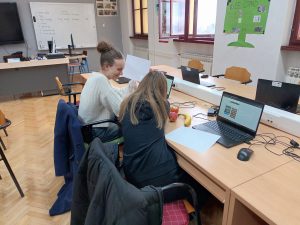
The introduction of tools based on artificial intelligence systems, such as Google Teachable Machine, ChatGPT, and Google Bard, represents an innovative approach that integrates artificial intelligence (AI) into the educational context. This integration provides students with direct experience working with AI systems, fostering understanding and acceptance of this advanced technology.
Exploring the Limits of Recognition Models: Lessons from Fruit Identification and the Role of Big Data in AI Systems
To test the limits of the recognition model, students trained it to identify fruits, including apple, orange, mandarin, banana, and lemon. The model most effectively recognized the banana, while facing the most difficulty with the identification of apple, mandarin, and orange.
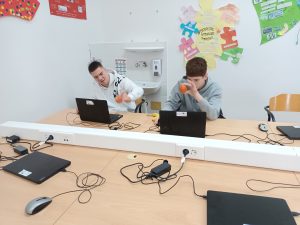
The task aimed to demonstrate the key concept of feature extraction that facilitates comparison. Students observed that the model recognizes the fruit that most closely matches, i.e., has the most similar characteristics (size, color, shape, background, etc.) among a large database of images, and the accuracy of recognition depends on the quality and size of the image database used for training.
This is precisely why Big Data represents an important component of modern AI systems. The results confirmed that, even in the context of simple fruit recognition, technology has its limitations, and its application needs to be approached with a high level of responsibility. The diversity of results prompted students to critically think about the reliability of the technology and the importance of considering ethical aspects in its use.
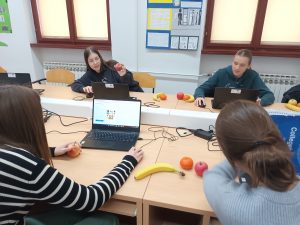
Can you spot the computer?
To conduct the challenge of distinguishing between responses from a real person and a computer AI program, we employed the idea of the Turing test.
The game involved two players: a human (Student 1) and artificial intelligence (Student 2) whose goal was to deceive the class in determining who is the real person and who is the artificial intelligence. Player 1 represented the real person who responded to questions by expressing their own views and opinions. While Player 2 was a computer AI program that responded based on pre-prepared answers generated with the help of ChatGPT and Google Bard.
The rules of the Game
The teacher served as the moderator who prepared 20 questions divided into classical, scientific, creative, and current affairs categories. Both players familiarized with the questions in advance and prepared their responses. The moderator represented both players without revealing who the real person was and who the artificial intelligence was. The class took turns asking questions to the players. Player 1 shared personal opinions, while Player 2 used predefined answers.
Moreover, the diversity, depth of responses, understanding of context, and creative and subjective questions helped students make decisions. And, after each question, the class voted on who they thought was the human and who was the AI. The votes were recorded.
At the end of the game, students revealed who was actually the human and who was the AI. Analyzing the responses across the four categories and considering the types of questions it was observed that questions eliciting diverse responses facilitate differentiation between human and AI responses, just as questions allowing for “deeper,” more extensive answers do. Questions requiring subjective viewpoints or demanding creative responses become crucial in recognizing human presence.
Navigating Human-Computer Interaction: Insights on AI and Emotional Expression
And, through the analysis of questions and their results, students developed critical thinking, recognizing how human perception can be subjective and how people often interpret responses according to their own expectations. This analysis is presented using the artificial intelligence tool Lumen5. They understood the difference between rational, technical responses from AI and personal, emotional responses from humans. This prompt them to reflect on the importance of personal expression in communication. Through the game, students faced challenges related to privacy and identity disclosure.
Understanding how technology can interpret and respond to personal questions raised awareness of the importance of privacy protection and how artificial intelligence may have access to sensitive information. Additionally, they observed the limitations of artificial intelligence in expressing real emotions and personal experiences. This led to an understanding of the unique human ability for creativity, empathy, and emotional understanding.

Experiential learning through activities such as training models and interacting with artificial intelligence (AI) systems constitutes an important component in empowering students and enhancing their understanding of this advanced technology.
Empowering Students through AI Experiences: A Journey of Ethical Reflection
Finally, through these practical experiences, students had the opportunity to contemplate privacy, user integrity, and the challenges associated with the implementation of AI. Undoubtedly, through personal reflection, they became aware of the importance of their own decisions and the necessity of accepting and adhering to ethical guidelines in the development and use of artificial intelligence.

